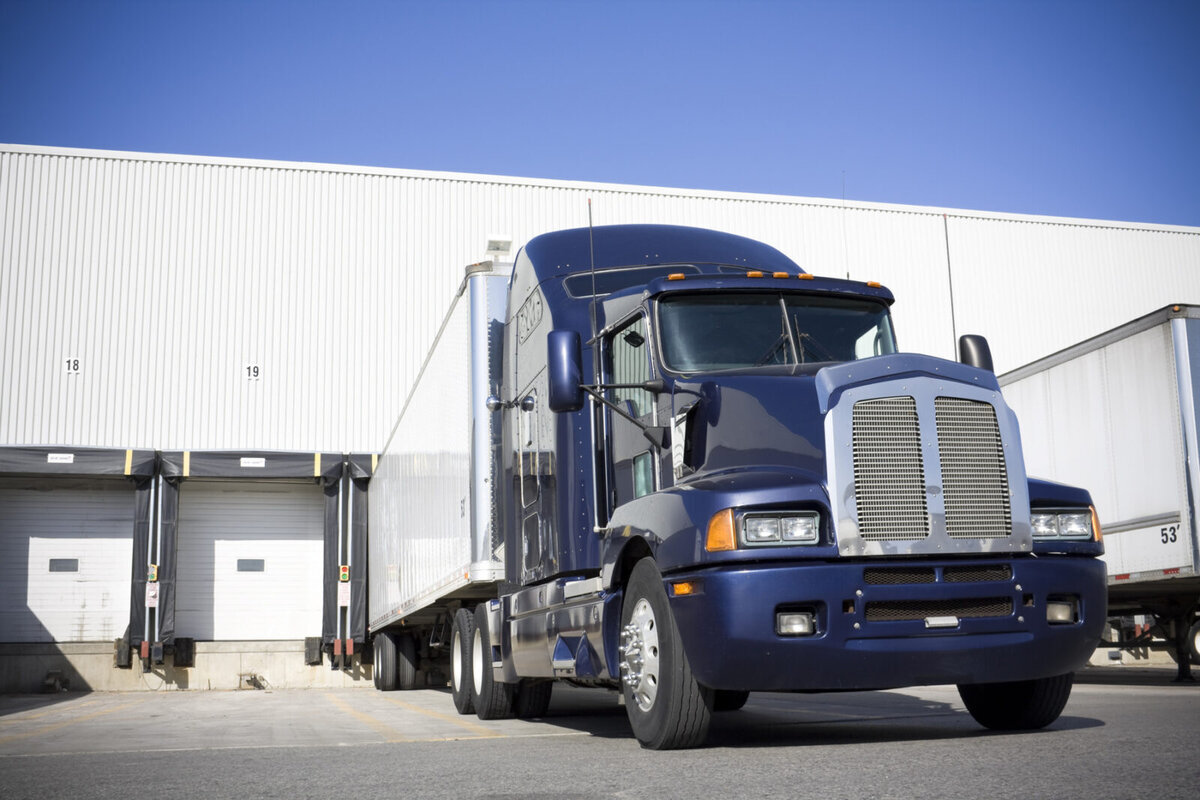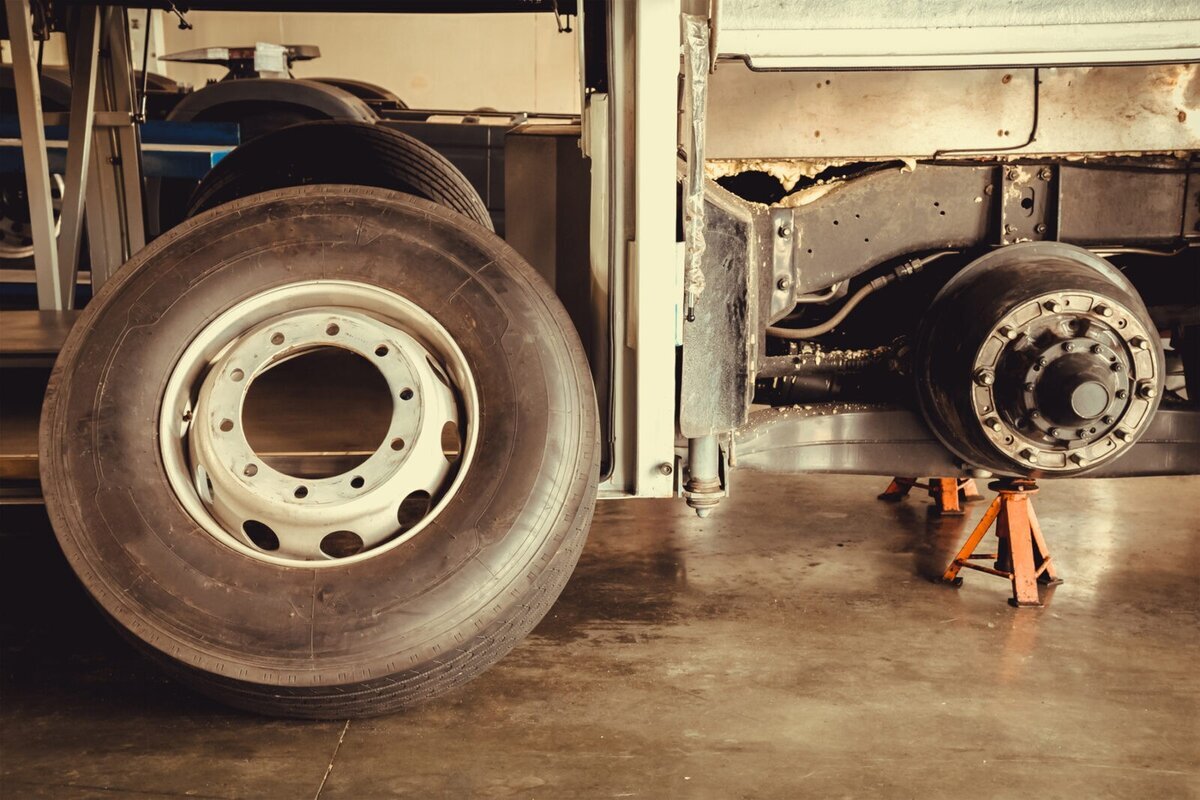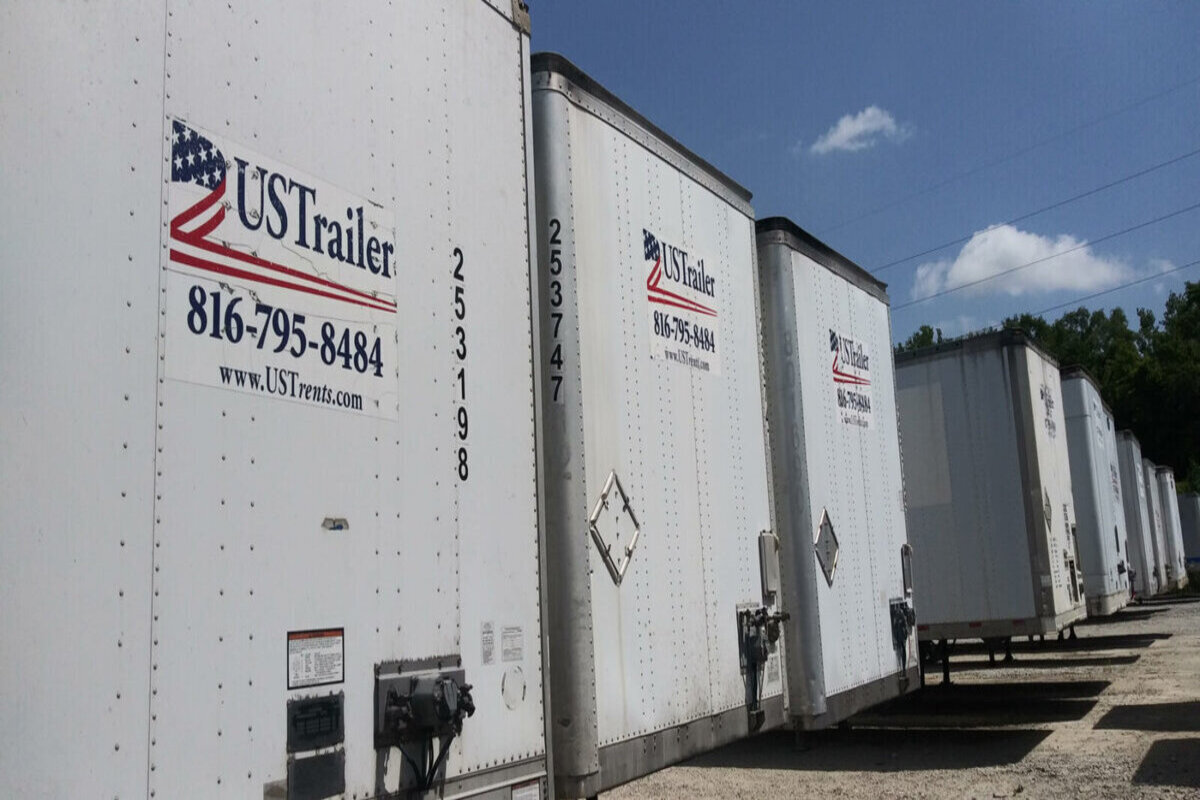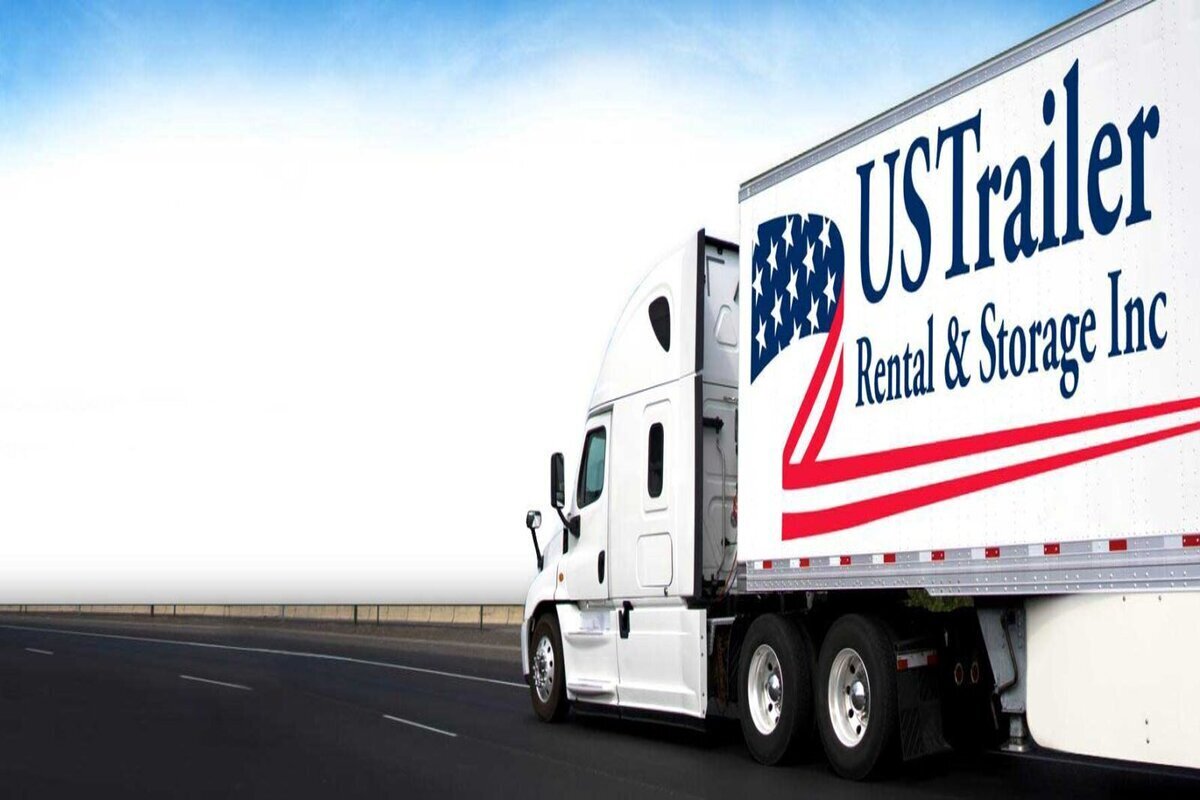Loading a trailer correctly is essential for safe and efficient transportation. As contractors, we understand the importance of properly securing your load to prevent accidents and ensure a smooth journey. Here’s a guide to help you properly load a trailer.
Understanding Proper Trailer Loading
Properly loading a trailer starts with understanding weight distribution. Placing 60% of the load weight toward the front half of the trailer ensures stability and prevents trailer sway. This means heavier items should be positioned at the front, with lighter items toward the rear.
Why Weight Distribution Matters
Weight distribution is crucial because it affects how your trailer behaves on the road. Incorrect loading can lead to trailer sway, where the trailer swings from side to side. This not only makes for a nerve-wracking drive but can also cause loss of control. Properly distributing weight helps keep your trailer steady and your vehicle in control.
Checking Your Vehicle’s Capacity
Before loading, you need to know your vehicle’s towing capacity. This information is usually found in your vehicle’s manual or on a sticker inside the driver’s door. Exceeding this capacity can lead to poor braking performance and potential engine or transmission damage. Always adhere to the Gross Vehicle Weight Rating (GVWR) and the Gross Combined Weight Rating (GCWR) to ensure safety.
Steps to Properly Load a Trailer
1. Hitch Up First
Always hitch your trailer to your vehicle before loading. This stabilizes the trailer and prevents it from moving as you load, which is especially important when dealing with heavy cargo. Ensure the hitch is securely fastened and the safety chains are crossed under the hitch for additional security.
2. Load Heavier Items in Front
As mentioned, place the heaviest items in the front half of the trailer. Aim to have about 60% of the load’s weight in the front, as this balances the trailer and reduces the risk of swaying.
3. Distribute Weight Evenly Side-to-Side
Make sure the weight is evenly distributed across the width of the trailer. Uneven loading can cause the trailer to tilt and affect the handling of your vehicle. If necessary, adjust the load to maintain balance.
4. Secure Your Cargo
Use ratchet straps or other heavy-duty tie-downs to secure your load. Bungee cords and ropes might not be strong enough to keep heavy items in place. Anchor points should be used to tie down each piece of cargo, ensuring nothing shifts during transit.
5. Check Your Load
Before hitting the road, double-check that everything is securely fastened. Give your cargo a shake to ensure it’s immovable. Also, check that the trailer lights and signals are functioning correctly, as these are crucial for safe driving.
Safety Tips for Towing a Loaded Trailer
Monitor Your Driving Speed
Drive slower than you normally would. A loaded trailer requires more time to stop, and sharp turns can cause tipping or swaying. Adhering to a lower speed helps maintain control.
Practice Turns and Braking
Take wide turns to avoid curbs and other obstacles. When braking, start earlier than usual and avoid sudden stops, which can lead to cargo shifting.
Regularly Check Your Load
During long trips, pull over periodically to check your load. Ensure straps are tight and nothing has shifted. This simple practice can prevent accidents and ensure a smooth journey.
Why Choose US Trailer
Choosing US Trailer means opting for reliability and top-notch service. We offer a wide range of trailers designed to meet various hauling needs, from lightweight utility trailers to heavy-duty haulers. Our team is dedicated to providing exceptional customer support, ensuring you get the right trailer for your specific requirements. Additionally, our trailers are built with high-quality materials and advanced engineering, ensuring safety and durability on every trip.
In Summary
Properly loading a trailer is about more than just fitting everything in; it’s about safety and control. By understanding weight distribution, securing your load, and driving cautiously, you can prevent accidents and ensure your cargo arrives safely.
If you need more personalized advice or have specific questions about how to properly load a trailer, feel free to contact us. We’re here to help ensure your trailering experience is both safe and successful.






